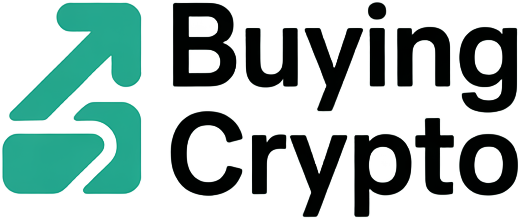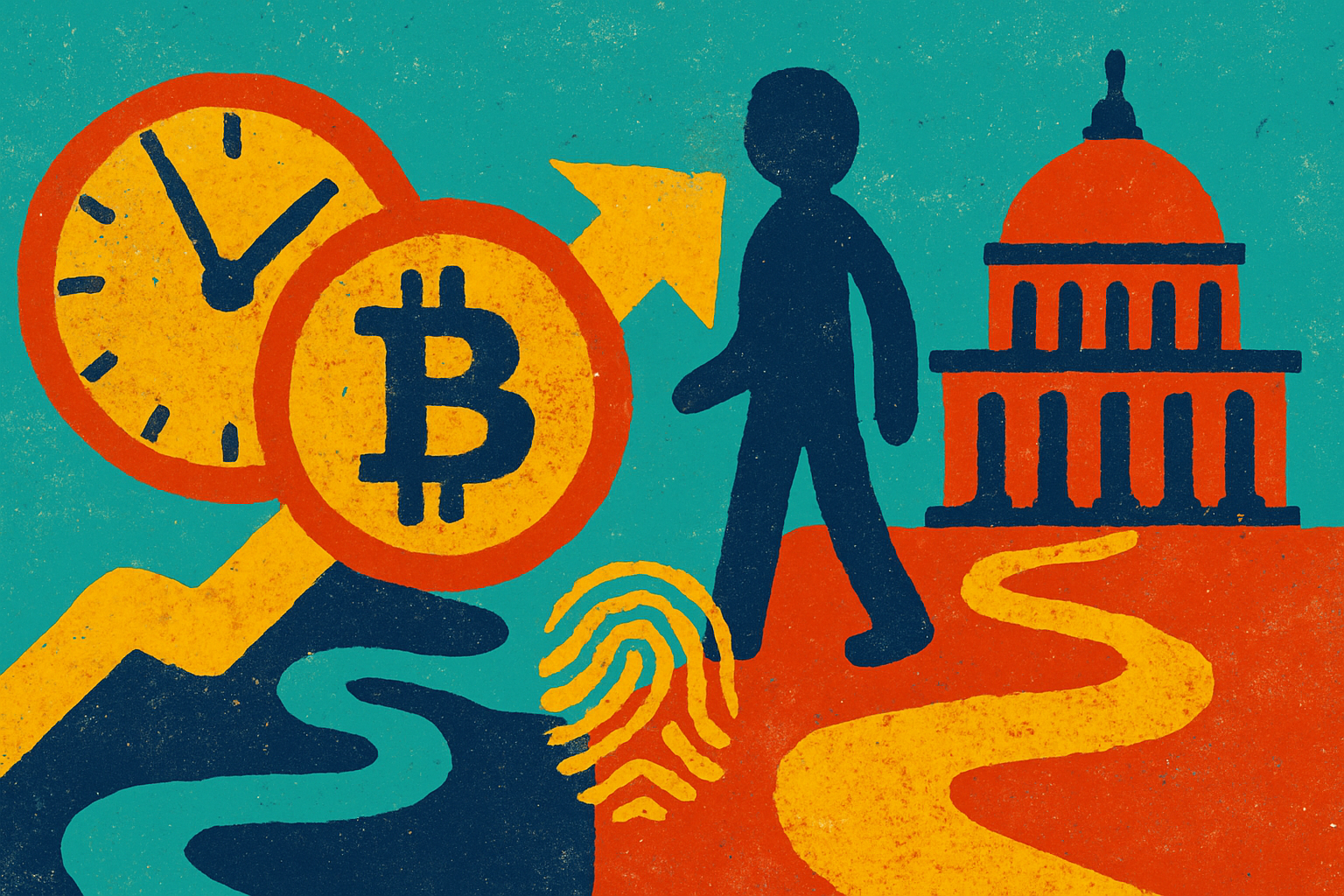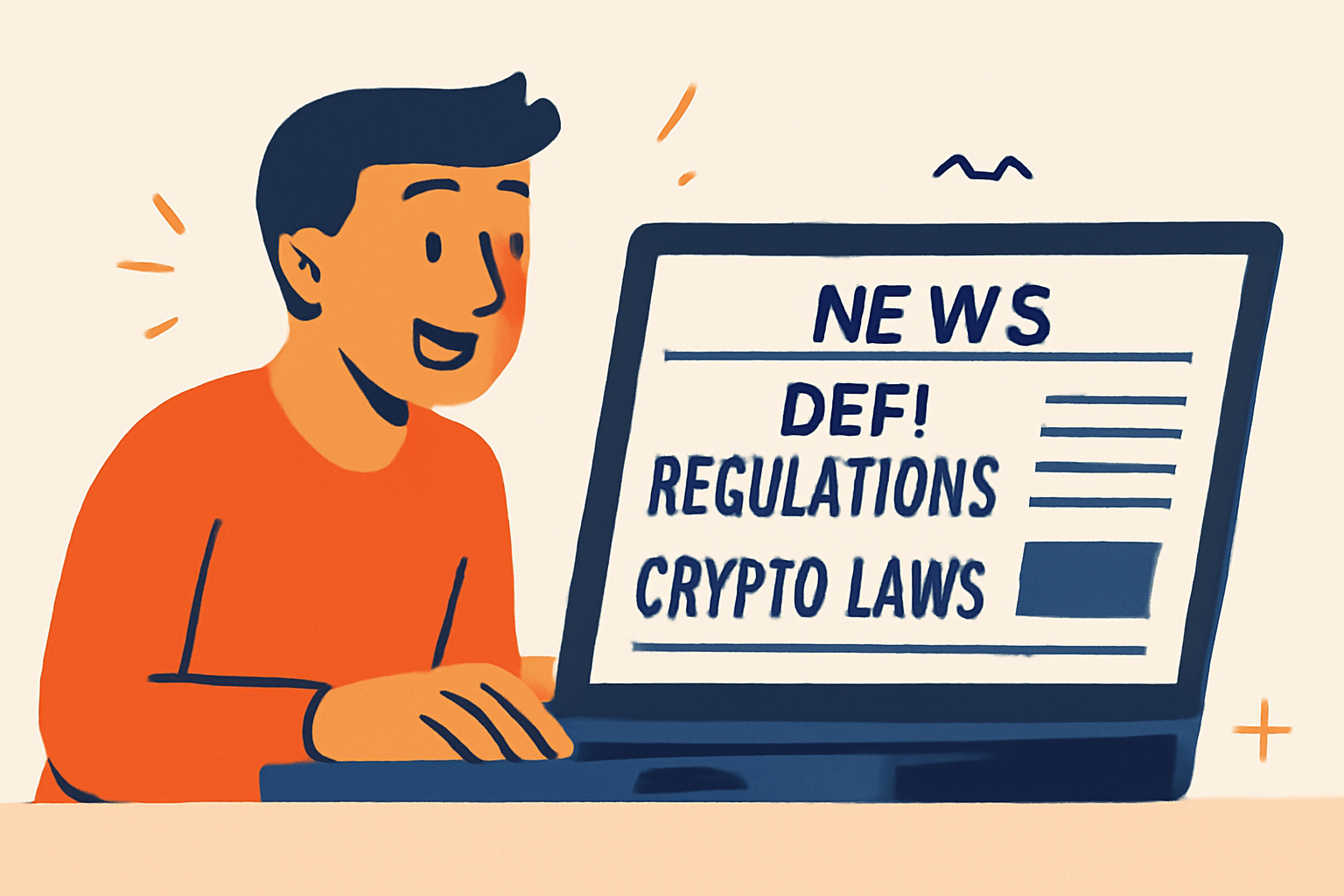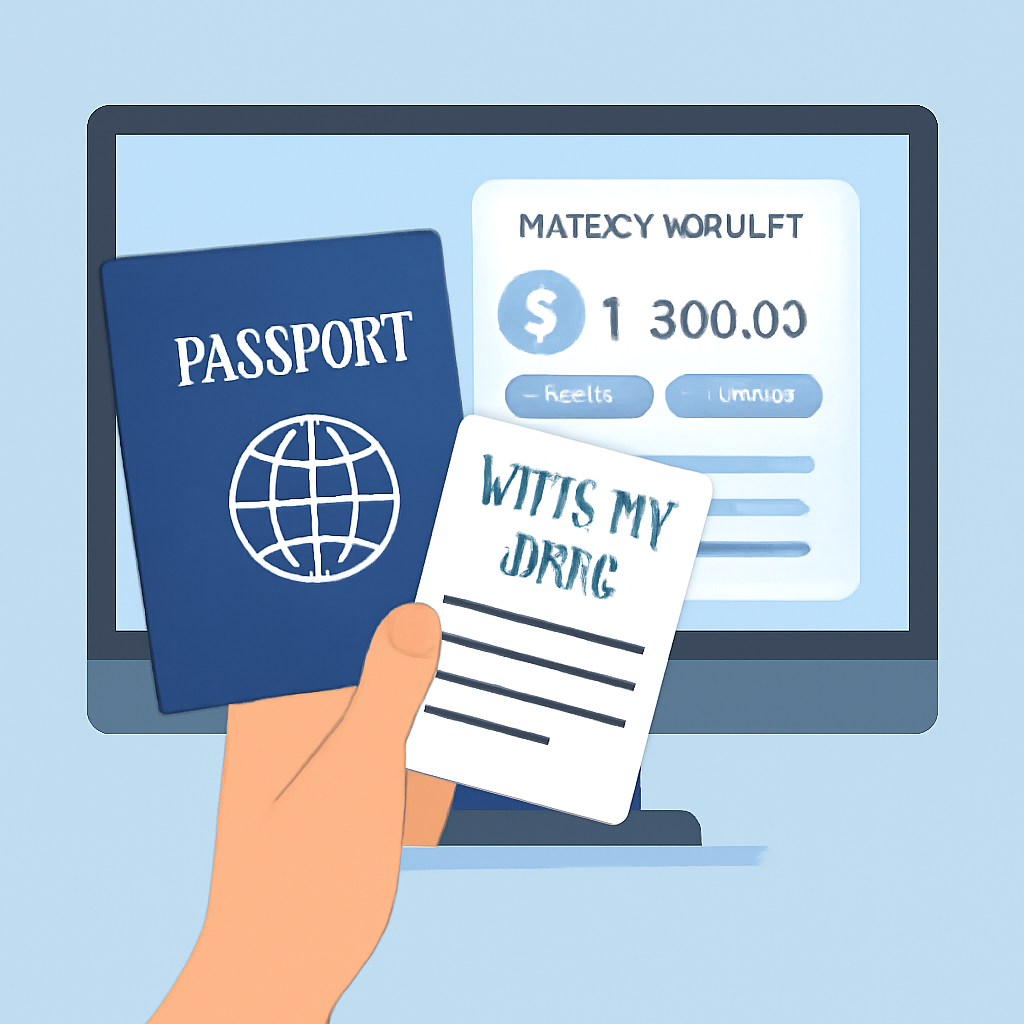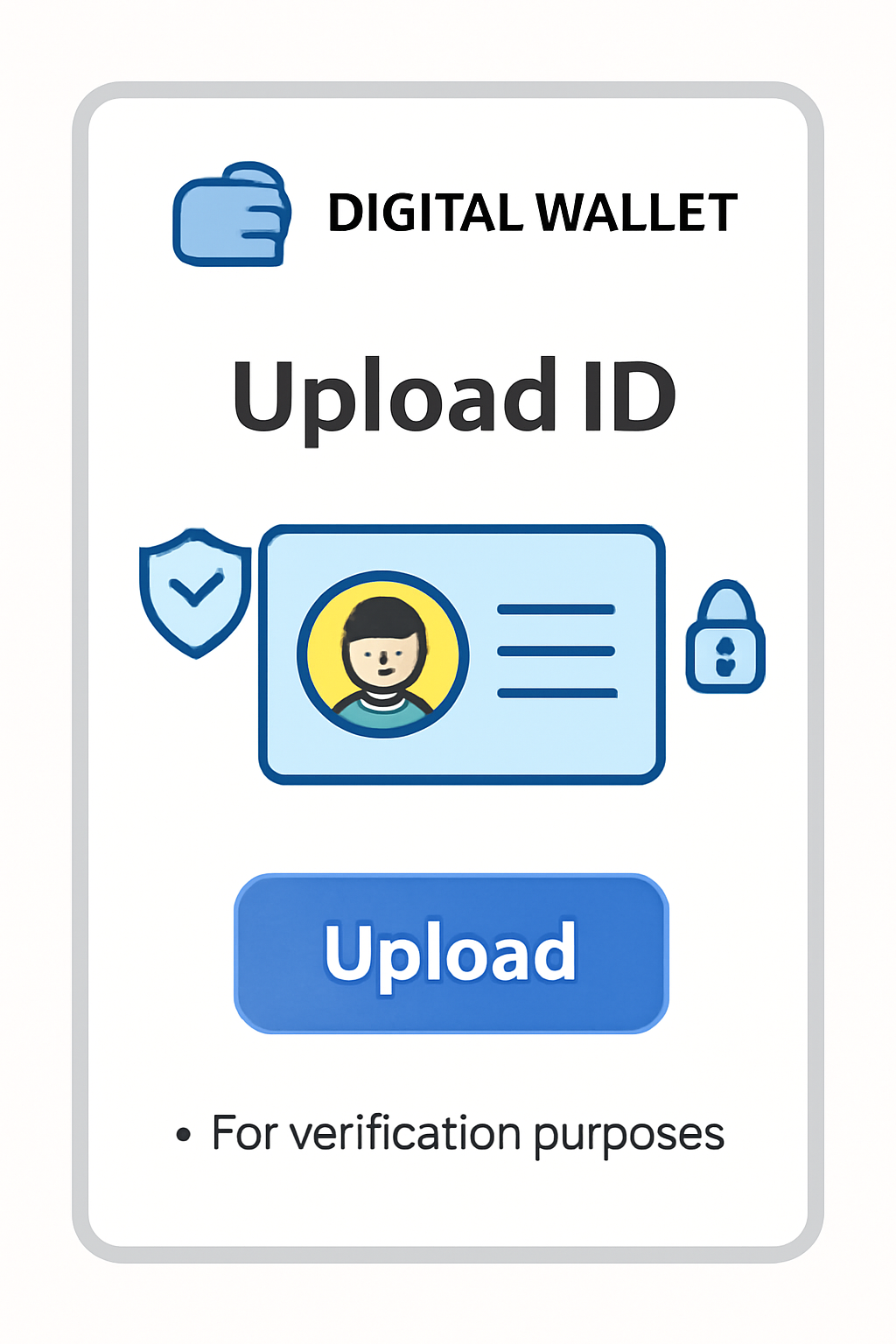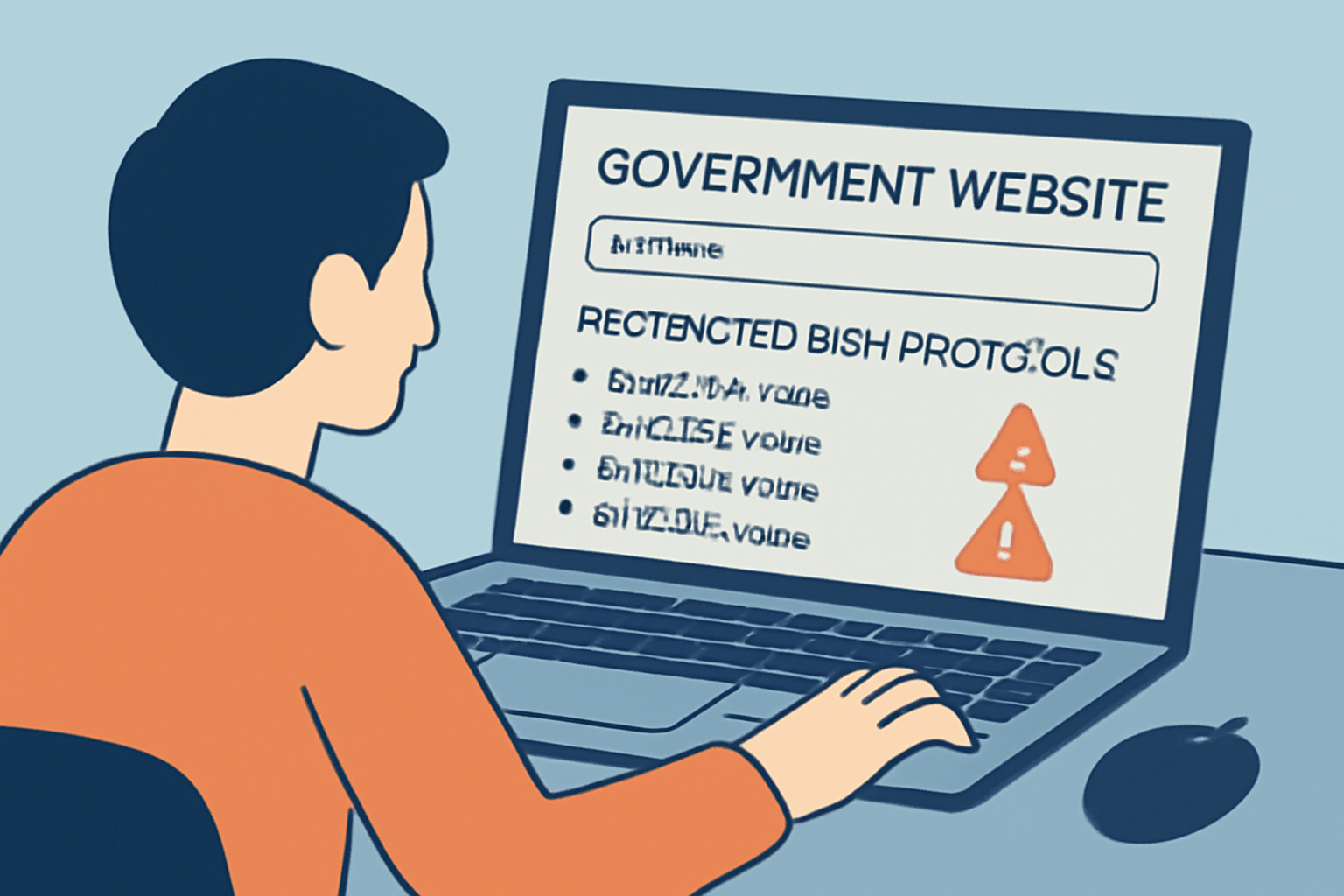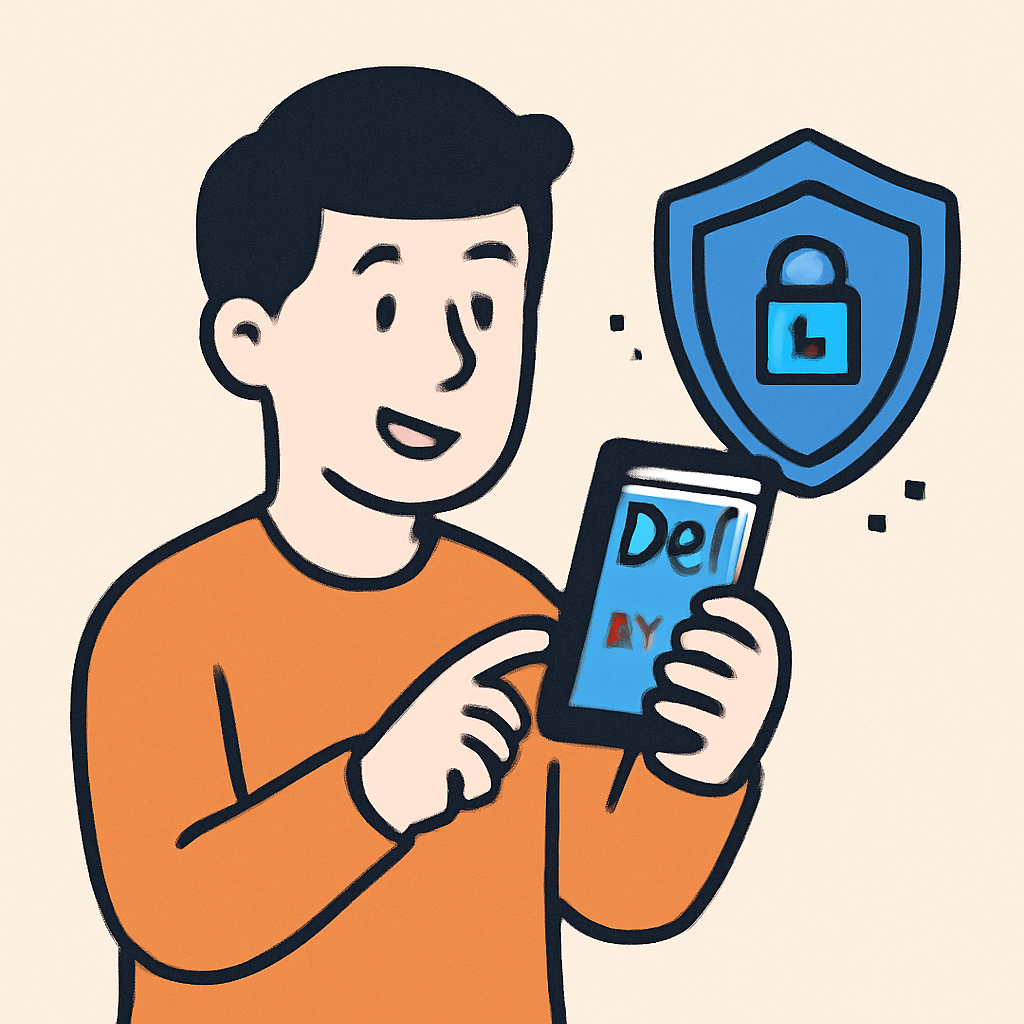Crypto newcomers, pay attention: the U. S. Senate is shaking up the DeFi landscape, and it could change how you get started with decentralized finance in 2025. If you’re just dipping your toes into DeFi, the latest Senate proposal might make onboarding look very different from what crypto veterans are used to. Let’s break down what’s happening, why it matters, and what you need to know before you open your first non-custodial wallet.
Senate DeFi Proposal Explained: What’s On the Table?
In October 2025, Senate Democrats introduced a sweeping proposal to regulate decentralized finance platforms. This isn’t just another crypto headline: the bill aims to impose Know Your Customer (KYC) requirements on non-custodial wallets, classify developers as financial intermediaries, and give the Treasury Department the power to create a ‘restricted list’ of high-risk protocols. That means the DeFi apps you use, and even the wallets you download, could soon require identity checks and face tighter controls.

The stated motivation? Preventing illicit activity in DeFi. Critics, however, argue that these measures could stifle innovation and push development offshore, making the U. S. less competitive in the global crypto race. Coinbase CEO Brian Armstrong didn’t mince words, calling the proposal “bad, plain and simple. ” Crypto lawyer Jake Chervinsky warned it could “kill DeFi” or at least send it packing to friendlier jurisdictions.
How New DeFi Regulations Could Change Crypto Onboarding
For beginners, onboarding into DeFi has always been about freedom and accessibility: spin up a wallet, connect to a protocol, and you’re off to the races. If the Senate proposal passes in its current form, that first step could look much more like opening a bank account than joining a permissionless network.
Key Changes for New Users Under DeFi Regulation
-
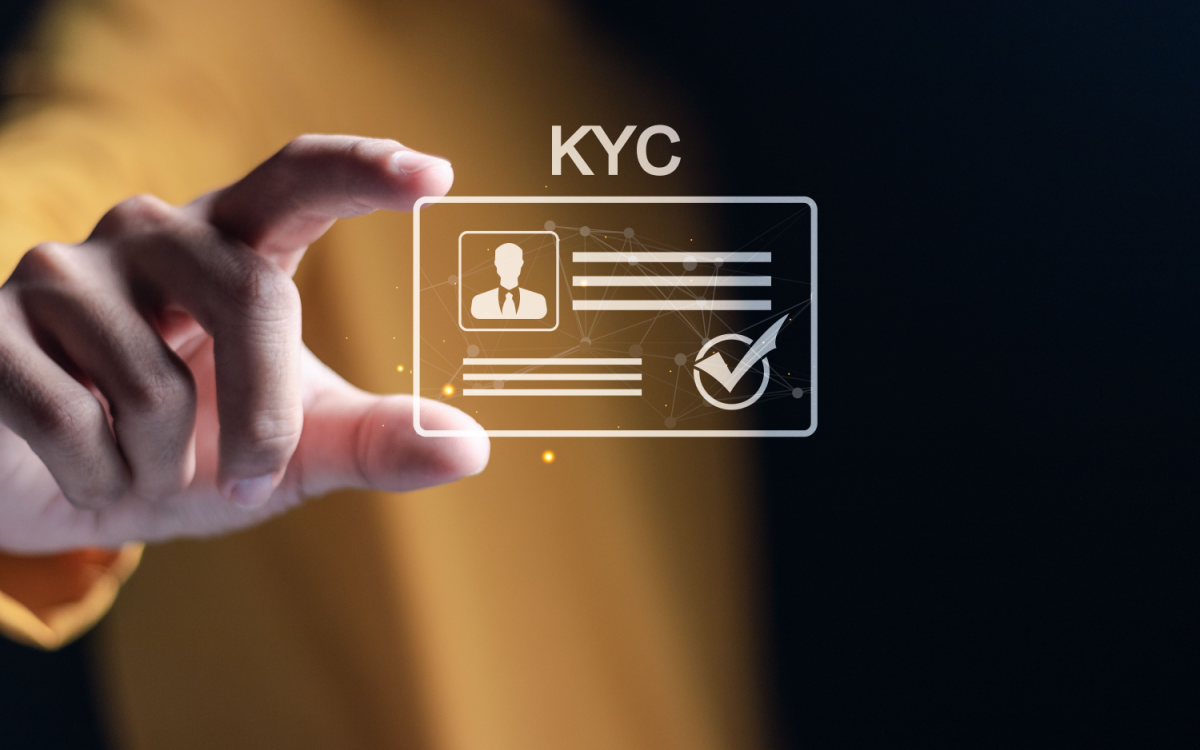
Mandatory KYC for DeFi Platforms: New users will likely need to complete Know Your Customer (KYC) identity verification to access decentralized exchanges and lending protocols. This includes providing personal information and documentation, similar to signing up for a centralized exchange like Coinbase.
-

Restrictions on Non-Custodial Wallets: The proposal targets popular non-custodial wallets such as MetaMask and Coinbase Wallet, potentially requiring them to implement KYC checks before allowing users to interact with DeFi protocols.
-

Limited Access to High-Risk Protocols: The Treasury Department could maintain a ‘restricted list’ of DeFi protocols deemed high-risk. U.S. users might be blocked from accessing platforms like Curve Finance or Tornado Cash if they appear on this list.
-
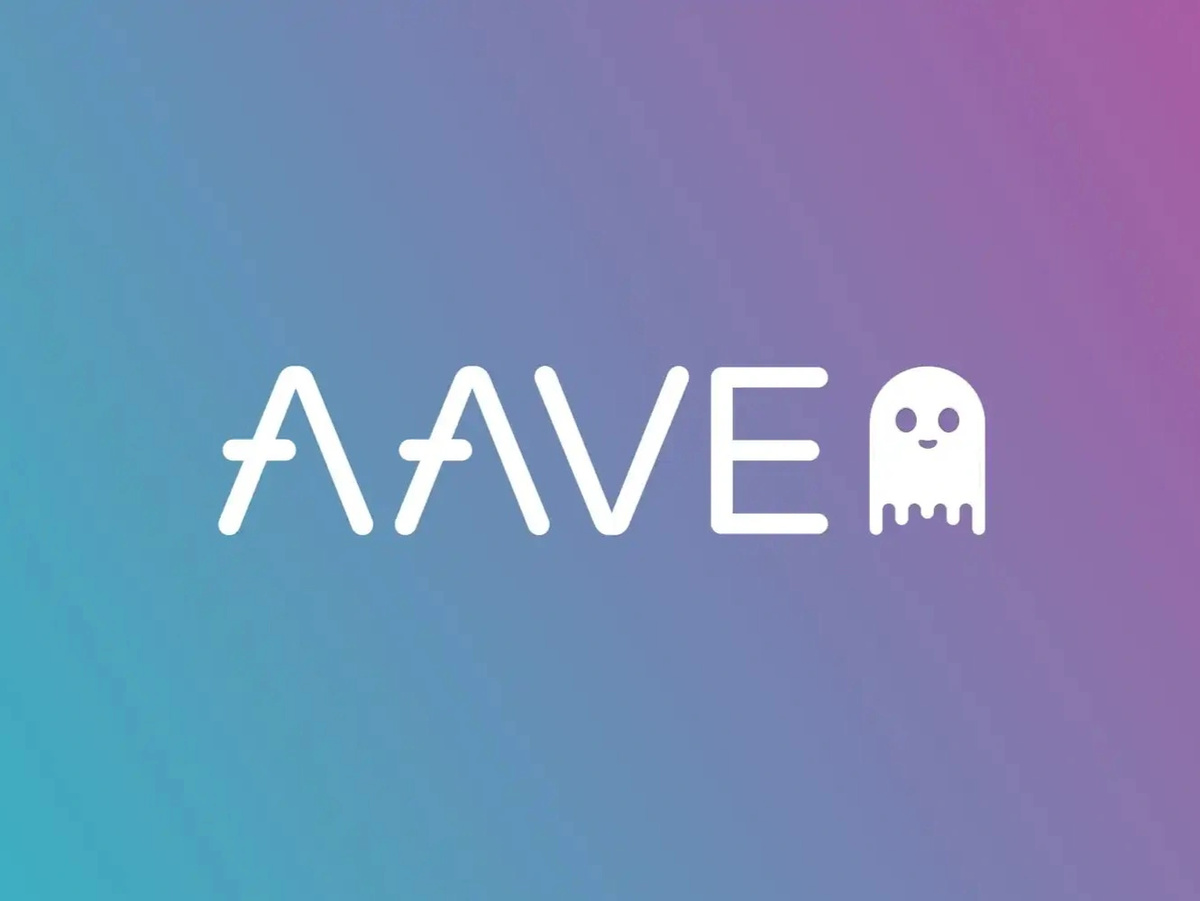
Developers Treated as Financial Intermediaries: Builders and maintainers of DeFi apps—including those behind major protocols like Aave—could face new compliance requirements, which may impact the speed and innovation of new features available to users.
-

Increased Regulatory Oversight: Expect more government scrutiny and reporting requirements when using DeFi services. This could affect how platforms like Uniswap operate and how easily new users can participate in decentralized trading or yield farming.
Let’s get specific. The bill would require identity verification (KYC) for users of non-custodial wallets, think MetaMask or WalletConnect. Developers could be held responsible for how their code is used, even if they don’t directly control the platform. And if a protocol lands on the Treasury’s restricted list, U. S. citizens might not be able to access it at all. That’s a seismic shift from the current “anyone can participate” ethos of DeFi.
Why Crypto KYC Onboarding Matters for Beginners
So why does this matter if you’re new to crypto? KYC isn’t just a hoop to jump through, it fundamentally changes how you interact with DeFi. Instead of anonymous, borderless access, you’ll be sharing your identity with platforms and potentially exposing yourself to new risks (think data breaches or surveillance). For some, this feels like a necessary tradeoff for mainstream adoption and regulatory clarity. For others, it’s the end of what made DeFi revolutionary in the first place.
There’s also the question of access. If the Treasury restricts certain protocols, beginners might find their favorite yield farming or lending apps suddenly off-limits. This could steer new users toward centralized exchanges or compliant DeFi platforms, fundamentally altering the crypto onboarding journey.
What Should Beginners Watch Out For?
Staying informed is your best defense. As this regulatory drama unfolds, keep an eye on which wallets and protocols are adapting to the new rules, and which are getting squeezed out. If you’re just starting your DeFi journey, expect to see more identity checks and fewer “wild west” platforms. But don’t worry: the crypto community is famously resilient, and new solutions are sure to emerge.
For those just entering the world of decentralized finance, these changes mean you’ll need to do a bit more homework before jumping in. It’s not just about picking the hottest protocol or the slickest wallet anymore. You’ll want to understand which platforms comply with the new regulations and what data you’ll need to provide. This also means reading the fine print on privacy policies and keeping tabs on which apps are on the Treasury’s restricted list, because access can change overnight.
Some platforms may roll out streamlined KYC processes to stay competitive, while others could geo-block U. S. users altogether. If you’re a beginner, don’t be surprised if you’re asked for government-issued ID or even proof of address when setting up your first wallet. While this might feel like a hassle, it’s quickly becoming the new normal for U. S. DeFi onboarding.
Tips for Navigating DeFi Regulation 2025
It isn’t all doom and gloom. With regulatory clarity, more traditional investors and institutions might finally dip their toes into DeFi, bringing new products and (potentially) more stability. For beginners, this could mean better customer support, clearer user interfaces, and safer onramps. But it also means you’ll have to be savvier about compliance and privacy.
- Double-check compliance: Before using a DeFi protocol, confirm it’s operating legally for U. S. users. Look for announcements or legal disclaimers on their site.
- Prepare your documents: Have your ID ready for KYC, even for wallets that used to be anonymous.
- Watch for restricted lists: The Treasury’s list could change, so keep an eye on official updates.
- Consider privacy tools: If anonymity is important to you, research privacy-preserving wallets or protocols that comply with new rules.
- Stay engaged: Join crypto communities to keep up with fast-moving developments. The landscape can shift quickly!
Want to dig deeper into how these regulatory shifts could reshape crypto onboarding for new investors? Check out our detailed guide here for the latest insights and practical tips.
Ultimately, the Senate DeFi proposal is a wake-up call for anyone entering crypto in 2025. While it might feel like the “permissionless” dream is fading, new opportunities and safer, more accessible products could be on the horizon. The key is to stay adaptable, keep learning, and remember: the only constant in crypto is change.
